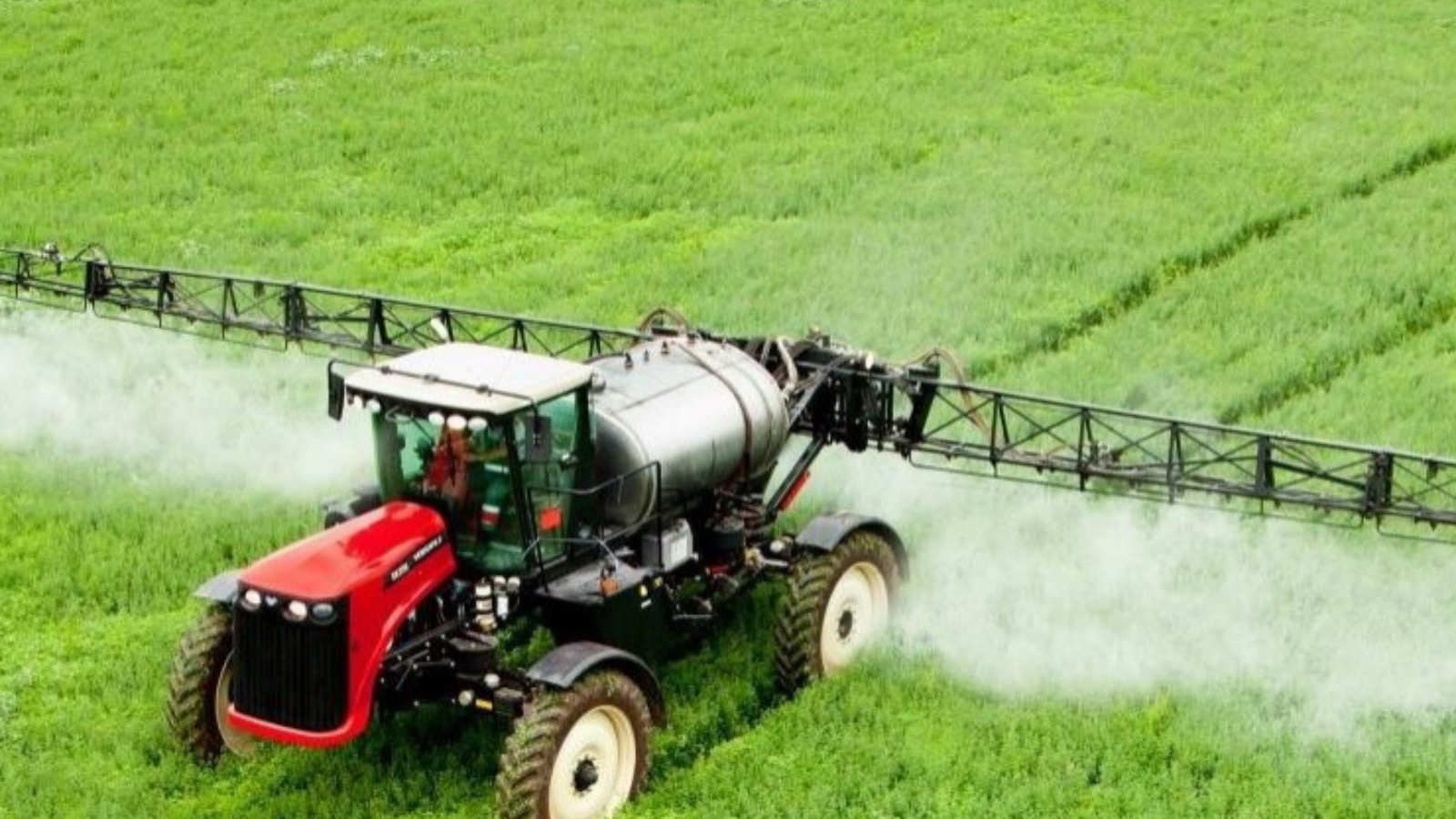Tips for farmers: How to effectively carry out comprehensive protection for the vegetation of agricultural crops

The Ministry of Agriculture and Food of the Republic of Tatarstan informs that the association "Elite Seeds of Tatarstan" together with LLC "NPI "Biopreparaty" and Agro-Alliance RIA provide optimal recommendations for the comprehensive protection of agricultural crops during the growing season in conditions of abnormal heat, acute atmospheric and soil drought.
In this regard, farmers need to learn how to effectively use specially selected "chemistry" and " biology " together in the tank mixture to relieve herbicidal stress during the growing season.
So, in the mortar units, it is necessary to well prepare tank mixtures, and in a short time they are used before sunset or early in the morning. Depending on the infectious background, you can reduce the use of chemical fungicides by 30-50%. The proven technology significantly reduces the pesticide load.
Thanks to integrated plant protection, grain yields increase by 20-25 percent or more.
Table 1 - Care of crops during the growing season
Legumes
1 Zodiac herbicide (D. v. imazamox) 0.75 l / ha + Kungfu insecticide (D. v. lambda-cyhalothrin) 0.1 l / ha + Megamix P 0.5 l / ha + Biochelate B, Mo 0.2 l / ha + Biohumate 0.4 l / ha + Maysky biofungicide 1l / ha
2 Kungfu Super insecticide (D. V. lambda-cyhalothrin, thiamethoxane) 0.15-0.2 l / ha + Megamix K 0.5 l / ha + Megamix P 0.5 l / ha + Biofungicide "Phytotonus" 1l / ha
3 (if necessary)Alpha-cipi (D. V. alphacipermethrin) 0.1 l / ha + Maysky biofungicide 1L / ha
Winter crops
1 Fungicide Comfort (D. V. carbendazim) 0.3 l / ha + Herbicide against dicotyledonous weeds Ballet (D. V. 2,4-D (low-volatile esters C7-C9), florasulam) 0.45 l / ha + Megamix N 0.5 l / ha +
Alpha-cipi (D. V. alphacipermethrin) 0.1 l / ha + Herbicide against monocotyledonous weeds Scorpio Super (D. v. kloquintoset-mexyl, phenoxapropp-P-ethyl) 0.7 l / ha + Biochelate Complex 0.2 l / ha + Biofungicide " May " 1l / ha
2 Thymus (D. v. propiconazole) 0.35 l / ha + Megamix P 0.5 l / ha + Kungfu insecticide (D. v. lambda-cyhalothrin) 0.1 l / ha + Biohumate 0.4 l / ha + IDYAK 0.5 l / ha + Biofungicide "Phytotonus" 1l / ha
3 (if necessary) Alpha-cipi (D. V. alphacipermethrin) 0.1 l / ha + Maysky biofungicide 1L / ha
Spring flowers
1 Herbicide against dicotyledonous weeds Ballet (D. V. 2,4-D (low-volatile esters C7-C9), florasulam) 0,45 l/ha + Herbicide against monocotyledonous weeds Scorpio Super (D. v. kloquintoset-mexyl, phenoxaprop-p-ethyl) 0,6 l/ha + Alpha-cipi (D. v. alphacipermethrin) 0,1 l/ha + Megamix N 0,5 l/ha + Biochelate Complex 0,2 l/ha + Biohumate 0,4 l/ha + Biofungicide "May" 1l/ha
2 Fungicide Cimus Progress (D. v. propiconazole, ciproconazole) 0.35 l / ha + Insecticide Kungfu (D. v. lambda-cyhalothrin) 0.1 l / ha + Megamix P 0.5 l / ha + Biofungicide "Phytotonus" 1l / ha
3 (if necessary) Alpha-cipi (D. V. alphacypermethrin) 0.1 l / ha + Megamix K 0.5 l / ha
Treatment of crops with insecticides should be carried out at the beginning of tillering 1-2 sheets. To increase the immunity of plants during insecticidal treatments, high-performance microfertilizers can be used: Biohumate 0.4 l / ha, Biohelate Complex 0.2 l / ha and growth regulator Ammonium IDYAK 0.5 l / ha.
For leaf processing of spring and winter grain crops, biomobilizers with protective properties can be used. First of all - biocomplex biofungicide "Maysky" (strains of Pseudomonas PG-5), (or "Phytotonus" (strains of Bacillus subtilis/pumilus)), on average 200-210rub/l 1-2 l, with "BIO-Humates" (a modified form of humic substances enriched with macro-microelements, characterized by high solubility and with increased biological activity, on average 60.0 rubles/liter) – 0,4 l/ha (24,0 rub/ha).
Their use increases the area of secondary root system, contributes to a more intensive accumulation of plant biomass, the formation of a photo-assimilation apparatus, improves the mineral nutrition of plants, which manifests itself in the middle of the growing season, reduces the level of diseases of grain crops by 59-86%, depending on the disease, increases the density of the stem and the strength of the straw to break, increases the yield to 15-25%. On the basis of different strains of Maysky and Phytotonus, it is necessary to alternate phases. In order not to get resistance to infection, chemicals must also be alternated and taken from reliable partners.
When using the preparation of the biofungicide "Maysky", bacteria, getting on the leaf surface, penetrate into the plant tissues through the intercellular space and stomata. Having high mobility, it gets into the tissues and, moving through them, populate their life niches, including the rhizosphere. Microorganisms, as well as their metabolites, activate the metabolism and nitrogen exchange of plants, thereby improving the tillering process and intensive formation of the secondary root system. As a result, the stem develops more intensively, the ear lengthens, and the mass of grains increases. Due to the isolation of a spectrum of vitamins, growth hormones and antibiotics by bacteria, which are absorbed and accumulated in grain crops, "Maysky" increases the resistance of grain to diseases (root rot, rust, powdery mildew, fusarium, smut, etc.). The drug is an effective agricultural method for increasing the productivity of grain crops, because it fully allows you to reveal the maximum possible genetic potential of grain varieties, and also protects the crop from adverse external factors.
Before processing crops, you should carefully study the attached recommendations and follow them when working.